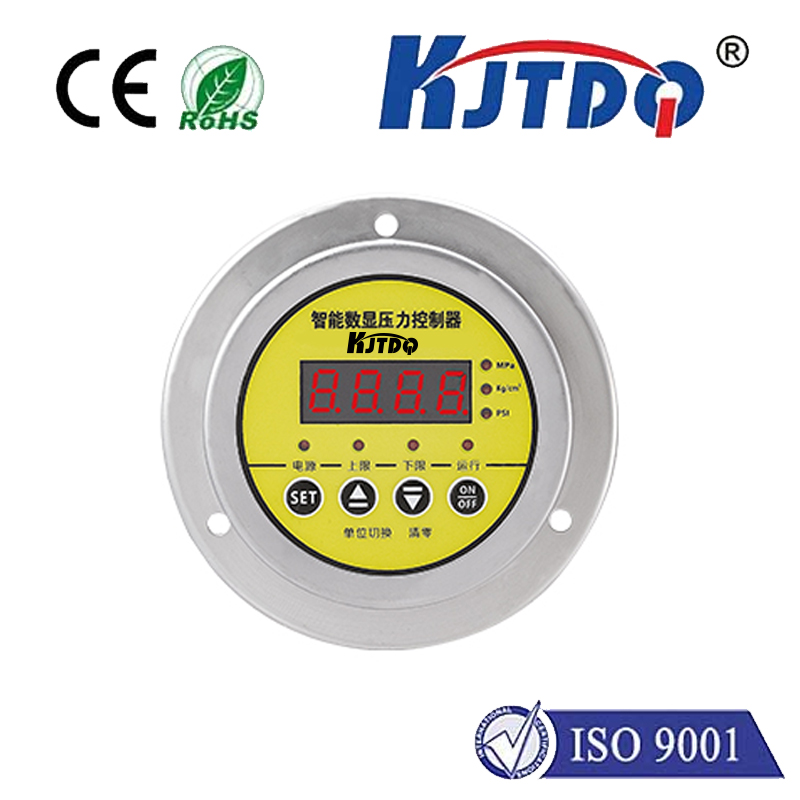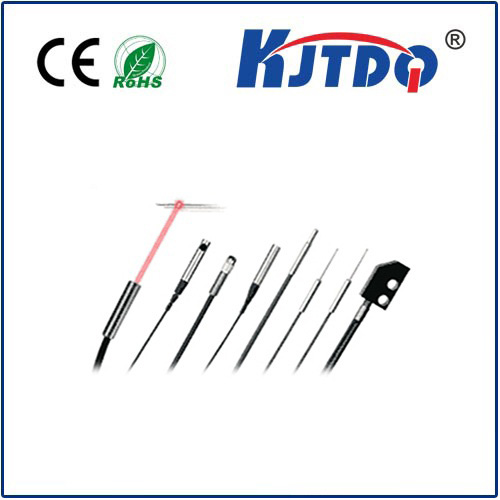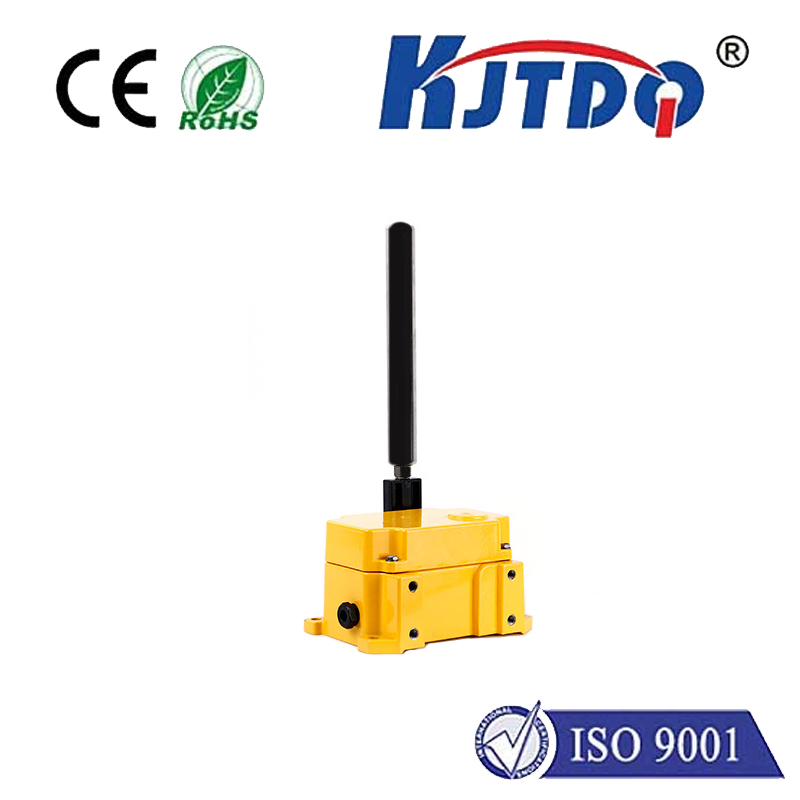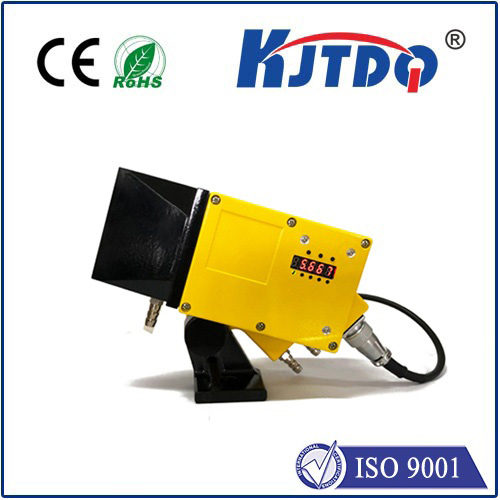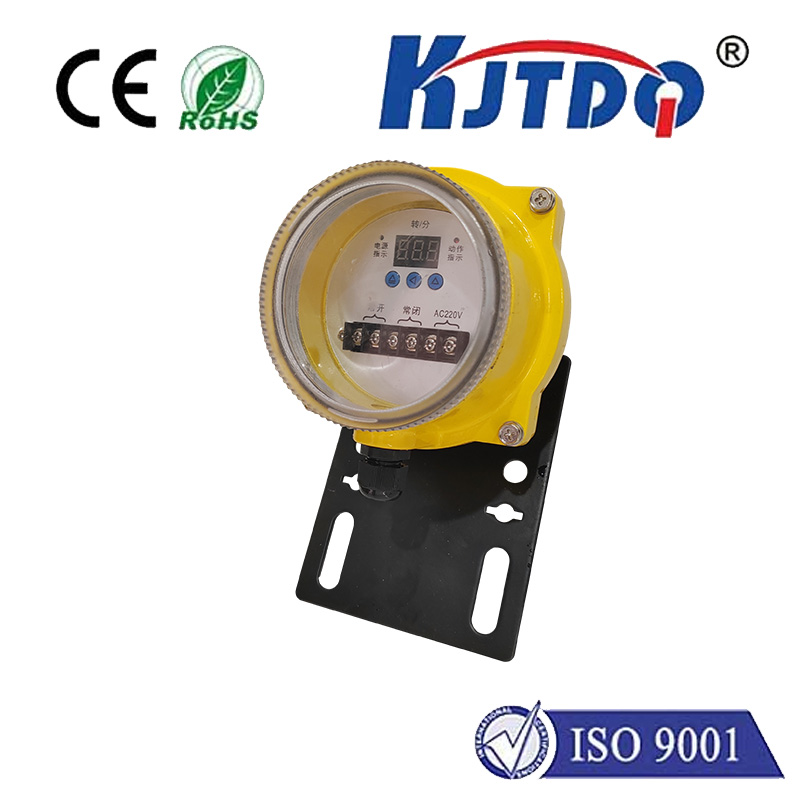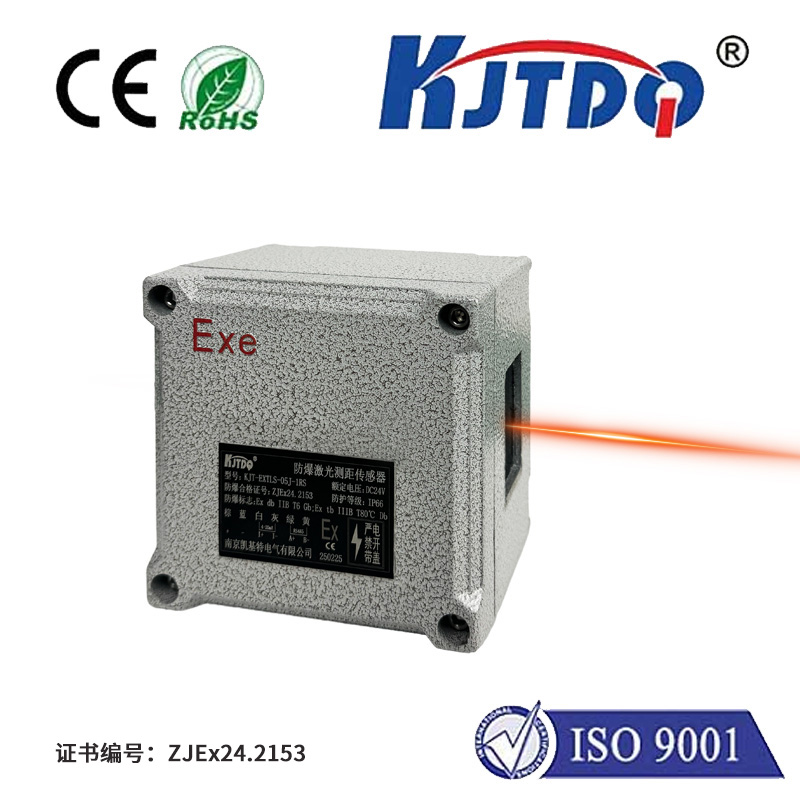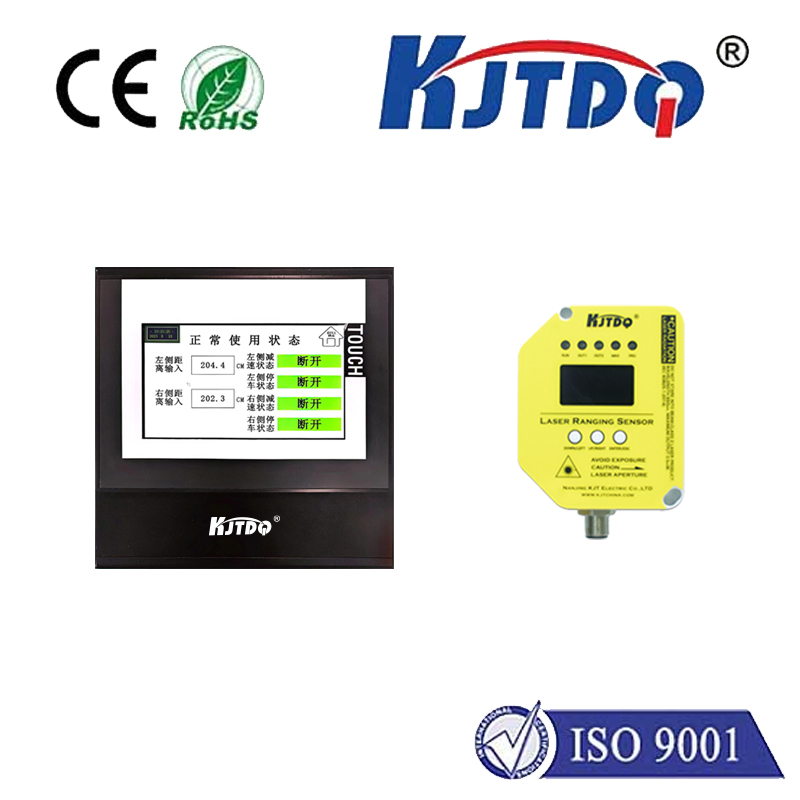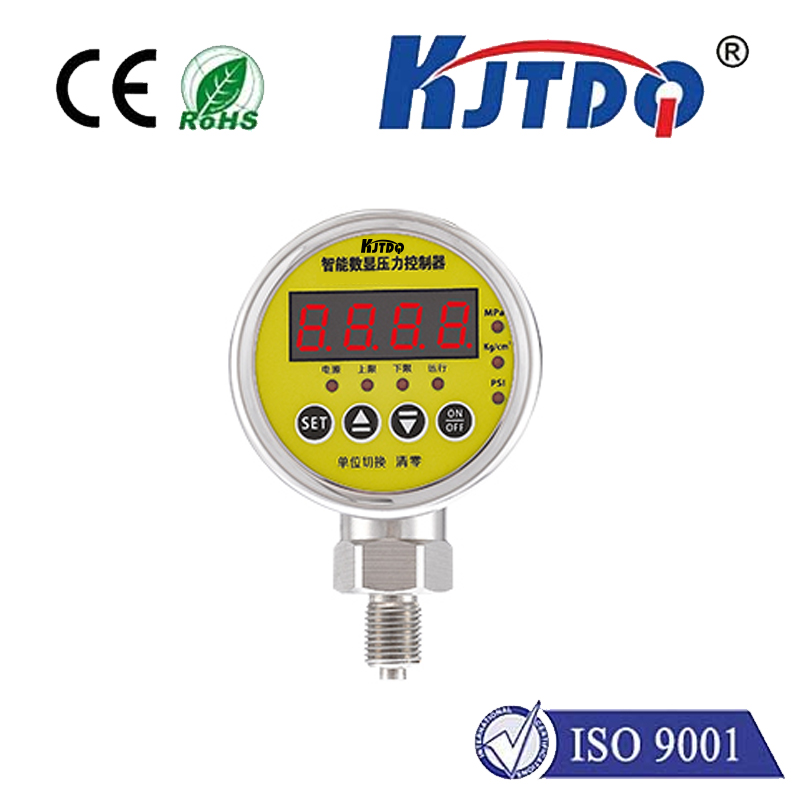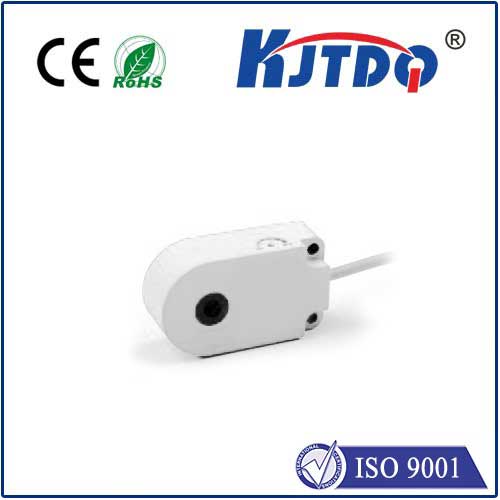Датчик приближается к NPN
- time:2025-06-27 03:19:26
- Нажмите:0
The Indispensable NPN Proximity Sensor: Mastering Object Detection in Modern Automation
What if a simple, rugged component could silently ensure your production line keeps running flawlessly, detecting objects without a single touch? Welcome to the vital world of the NPN proximity sensor, the unassuming workhorse powering countless detection tasks across industrial landscapes. More than just a switch, it’s a fundamental building block for reliable, contactless sensing, leveraging the unique properties of NPN transistor outputs to interact seamlessly with control systems. Grasping its function and application is crucial for engineers and technicians alike.
At its core, a proximity sensor detects the presence or absence of an object within its sensing range without physical contact. This is typically achieved using electromagnetic fields (inductive type for metals), ultrasonic waves, or infrared light (photoelectric). The “НС” designation refers not to the sensing technology itself, but to the electrical configuration of its output switching transistor. This crucial detail dictates how the sensor integrates with the control logic, most commonly Programmable Logic Controllers (PLCs) or other DC input modules.
Understanding the NPN Output: The “Sinking” Workhorse
Visualize the internal output stage of an NPN proximity sensor: it features an NPN bipolar junction transistor (BJT). In its default state (no target detected), this transistor is off, acting like an open switch. When a valid target enters the sensing field, the sensor’s internal circuitry activates, turning the NPN transistor on. This creates an effective electrical path, connecting the sensor’s output wire to the sensor’s negative supply terminal (usually labeled 0V or DC-).
This behavior defines the sinking output. The NPN sensor essentially completes the circuit to ground (DC-) when active. Crucially, the sensor does not internally provide a positive voltage source on its output line. Instead, it relies on an external positive voltage source (the DC input point of the PLC or the load itself) being fed through the load to the sensor’s output terminal.

Here’s the classic wiring configuration:
- The positive DC supply (V+) connects to one side of the PLC’s input (or the load).
- The other side of the PLC input (or load) connects to the Output wire (usually Black) of the NPN sensor.
- The 0V/DC- supply connects to the sensor’s 0V/DC- terminal (typically Blue).
- (Optional: Brown is usually V+, Shield/Green-Yellow to ground if applicable).
When the sensor activates (detects a target):
- The internal NPN transistor turns ON.
- This connects the Output wire (Black) internally to the 0V/DC- wire (Blue).
- Current flows from the external V+ source, through the PLC input (or load), into the sensor’s output (Black), through the activated transistor, and out to the sensor’s 0V/DC- (Blue), thus completing the circuit and signaling the PLC input that an object is present. The sensor acts like a sink for the current flowing from the load.
Why Choose NPN? Key Advantages in Industrial Settings
The prevalence of NPN proximity sensors is no accident. They offer distinct advantages perfectly suited to industrial control environments:
- Compatibility with Sinking PLC Inputs: Historically, and still very commonly, PLC DC input modules are designed as sinking inputs. This means they internally connect their input point (the terminal the sensor output wire connects to) to the positive DC supply rail (V+). They expect the sensor to connect this input point to DC- when active – precisely what an NPN sensor does. Using an NPN sensor with a sinking PLC input creates a complete circuit path. Matching NPN sensors to sinking PLC inputs is often the most straightforward and compatible setup.
- Simple Wiring and Standardization: The wiring logic for NPN sensors is consistent and widely understood, reducing installation errors and simplifying troubleshooting.
- Cost-Effectiveness: NPN transistors are often slightly less expensive than their PNP counterparts, making NPN sensors a cost-efficient choice for high-volume applications.
- Reliability and Robustness: Being a fundamental electronic component, the NPN BJT output stage is known for its durability in harsh industrial environments characterized by electrical noise, vibration, and temperature extremes.
Distinguishing NPN from PNP: A Critical Comparison
The eternal partner to the NPN sensor is the PNP proximity sensor. Its output stage uses a PNP transistor. The crucial difference is:
- PNP (Sourcing Output): When active (target detected), the PNP sensor connects its output wire to the internal positive supply (V+), effectively sourcing a positive voltage signal. This is used with sourcing PLC inputs (which internally connect their input point to 0V/DC-, expecting the sensor to provide V+ when active).
- NPN (Sinking Output): As described, when active, it connects its output wire to 0V/DC-, sinking the current.
Selecting the Right Sensor: NPN Norm or Exception?
Choosing between NPN and PNP depends heavily on the controller’s input circuit type:
- Sinking PLC Input Module: NPN Sensors are the natural and usually recommended choice. Using a ПНП sensor with a sinking input requires careful design (often needing a pull-down resistor) and is generally discouraged as it can lead to misoperation or damage.
- Sourcing PLC Input Module: Requires a PNP Sensor.
- Relay or Load Control: If directly switching a load (like a relay coil), an NPN sensor can be used, but the load must be wired between the positive supply (V+) and the sensor output. When the sensor activates, it connects the output to DC-, completing the circuit through the load (Current: V+ -> Load -> Sensor Output (Black) -> Sensor 0V (Blue) -> DC-). Ensure the load voltage/current ratings match the sensor’s capabilities.
Applications: Where NPN Proximity Sensors Excel
You’ll find NPN proximity sensors performing critical detection tasks everywhere:
- Position Verification: Confirming parts are present in fixtures, at the end of a conveyor stroke, or on a pallet. Knowing a cylinder reached its extended or retracted limit is fundamental for machine sequencing.
- Counting: Tallying products passing a point on a line.
- Speed Monitoring: Detecting teeth on gears or sprockets.
- Level Control: Sensing material levels in bins or tanks (using specific technologies like capacitive sensors).
- Machine Safety: Providing non-contact feedback for guards or access points.
- End-of-Travel Detection: Signaling the limit of robotic arm or linear actuator movement.
Key Considerations for Optimal Use
- Sensing Range: Inductive sensors have a nominal range based on their size. Ensure the actual target enters this range reliably.
- Target Material: Inductive sensors detect metallic objects. For non-metallics, capacitive, ultrasonic, or photoelectric sensors are required. The type of metal and its size/shape significantly impact the effective sensing distance.
- Output Configuration: Beyond NPN/

